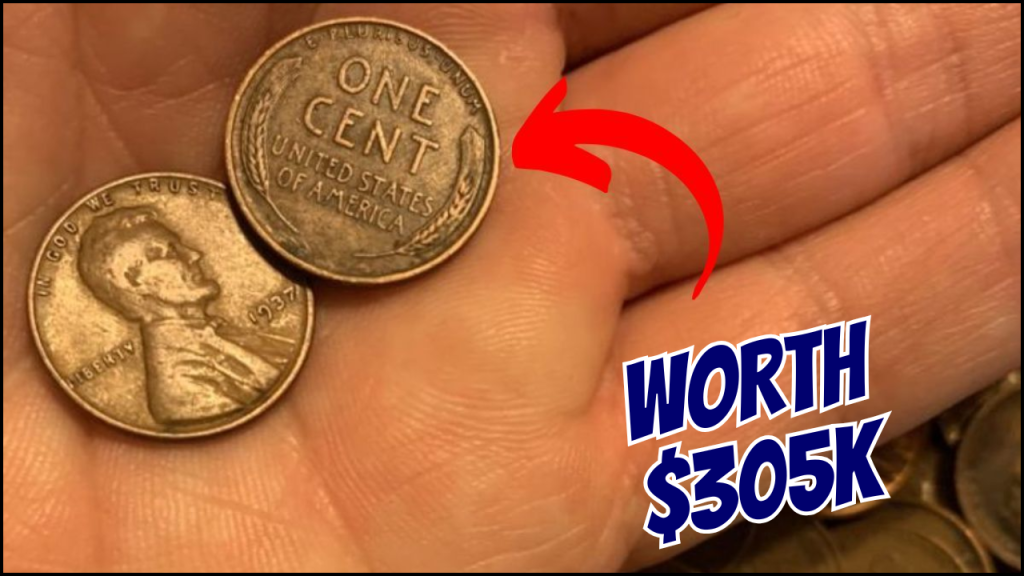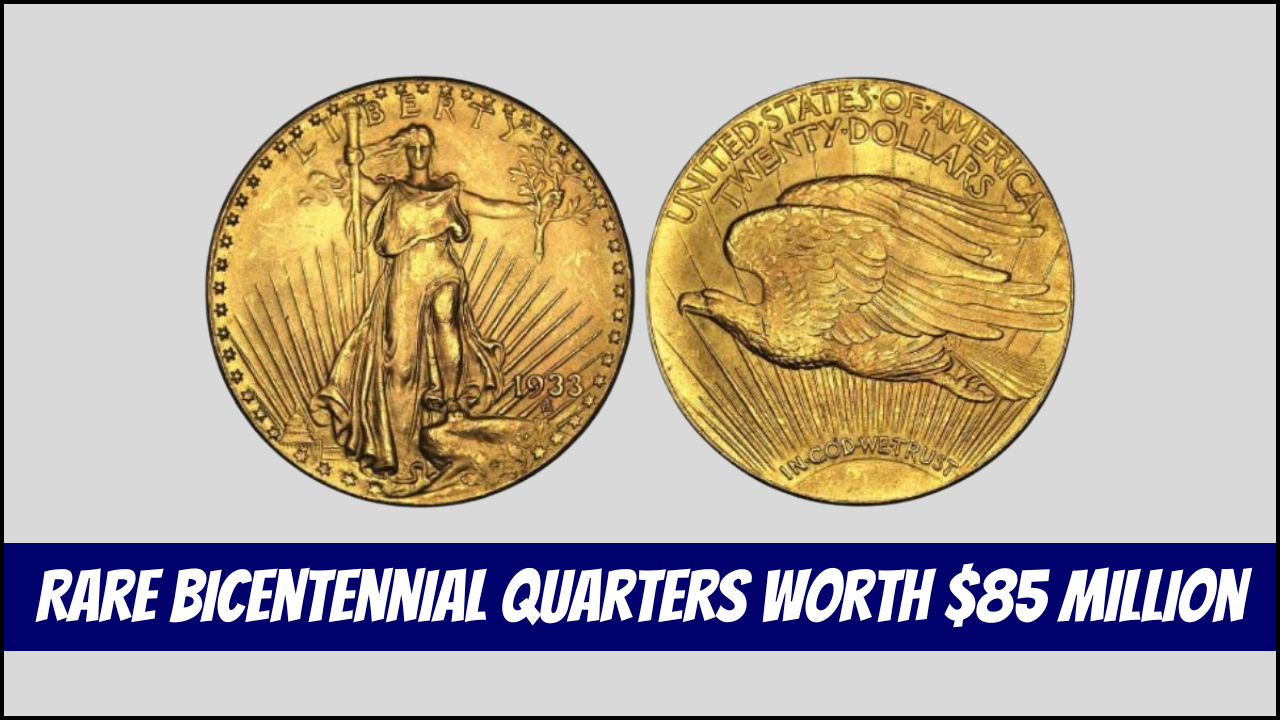
Have you ever checked your pocket change for valuable coins? While most people see pennies as nearly worthless, some rare Lincoln Wheat Pennies can be worth thousands—or even hundreds of thousands—of dollars. This article explores the fascinating world of these collectible coins, why some are extremely valuable, and how you might identify a treasure hiding in your coin jar.
The Story Behind Lincoln Wheat Pennies
The Lincoln Wheat Penny first appeared in 1909 to honor the 100th anniversary of Abraham Lincoln’s birth. Designed by Victor D. Brenner, these coins featured Lincoln’s profile on the front (obverse) and two wheat stalks on the back (reverse). The U.S. Mint produced these distinctive pennies until 1958, when they replaced the wheat design with the Lincoln Memorial.
What makes these coins special is their historical significance and the fascinating stories behind their production. During their nearly 50-year run, these pennies witnessed major historical events including both World Wars, the Great Depression, and the beginning of the Space Age.
Why Some Wheat Pennies Are Worth a Fortune
Not all wheat pennies are valuable—most are worth only a few cents. However, certain rare examples have sold for incredible amounts. The factors that determine a wheat penny’s value include:
| Factor | Explanation | Impact on Value |
|---|---|---|
| Rarity | Fewer coins produced means higher value | Critical – can increase value 1000× |
| Mint Errors | Mistakes during production | Can make common coins extremely valuable |
| Condition | How well-preserved the coin remains | Pristine coins are worth far more |
| Year & Mint Mark | When and where the coin was made | Certain years/mints are much rarer |
| Historical Significance | The story behind the coin | Adds collector interest and value |
The Lincoln Wheat Penny Valued at $410K, Unexpectedly Still in Circulation
The Lincoln Wheat Penny Valued at $100K, Unexpectedly Still in Circulation
The Lincoln Wheat Penny Valued at $94 Million, The Most Valuable Penny in History
The Lincoln Wheat Penny Valued at $110 Million, The World’s Most Valuable Penny
The Lincoln Wheat Penny Valued at $630K, How Ordinary Cents Became Extraordinary Treasures
The Most Valuable Lincoln Wheat Pennies
Some wheat pennies are legendary among collectors for their extreme value. Here are the most sought-after examples:
| Year/Type | Why It’s Valuable | Estimated Value |
|---|---|---|
| 1943 Bronze | Made with wrong material during WWII | $100,000 – $305,000 |
| 1944 Steel | Made with previous year’s material | $75,000 – $125,000 |
| 1909-S VDB | First year, low mintage, designer’s initials | $750 – $2,500+ |
| 1955 Double Die | Dramatic error with doubled lettering | $1,000 – $4,000+ |
| 1922 Plain (No D) | Missing mint mark due to worn die | $500 – $2,000+ |
The 1943 Bronze Penny: A $305,000 Coin
The most famous and valuable wheat penny is the 1943 bronze cent. During World War II, copper was needed for military equipment, so the U.S. Mint switched to making steel pennies in 1943. However, a few bronze blanks from the previous year accidentally made it into production.
These mistakes created one of the rarest and most valuable coins in American history. Only about 20 authentic 1943 bronze pennies are known to exist. One example sold for an astounding $305,000 at auction!
What makes this story even more exciting is that these valuable coins could theoretically still be in circulation. While most have been found by collectors, there’s always the possibility that one might turn up in an old coin collection or even in your pocket change.
How to Identify Valuable Wheat Pennies
If you’re hoping to find valuable wheat pennies in your collection, here’s what to look for:
- Check the Date: Pay special attention to pennies from 1909, 1914, 1922, 1931, 1943, 1944, 1955, and 1956
- Look for Mint Marks: Small letters below the date (D for Denver, S for San Francisco)
- Examine for Errors: Double strikes, off-center strikes, or wrong materials
- Assess Condition: Less wear means higher value
- Use Magnification: Some valuable errors are only visible with a magnifying glass
Wheat Penny Condition Guide
The condition of a coin dramatically affects its value. Here’s a simple guide:
| Grade | Description | Appearance |
|---|---|---|
| Poor | Heavily worn | Date barely visible, details gone |
| Good | Well-worn | Major details visible but worn |
| Fine | Moderate wear | Some small details remain |
| Extremely Fine | Light wear | Most details sharp and clear |
| Uncirculated | Never in circulation | Original luster, no wear |
| Mint State | Perfect condition | Perfect surface, full luster |
A wheat penny in “Poor” condition might be worth only its face value, while the same coin in “Mint State” could be worth hundreds or even thousands of times more.
Starting Your Own Collection
Beginning a wheat penny collection doesn’t require a large investment. Here’s how to start:
- Check Your Change: Look through your coins at home
- Visit Banks: Ask for rolls of pennies to search through
- Join Collector Groups: Connect with other enthusiasts
- Learn Proper Storage: Use coin holders to prevent damage
- Study Grading: Learn how to assess a coin’s condition
Most beginners start by collecting one penny from each year, focusing on the more common dates. As your knowledge grows, you can begin looking for the rarer varieties.
Protecting Your Valuable Finds
If you believe you’ve found a valuable wheat penny, follow these steps:
- Don’t Clean It: Cleaning can damage the coin and reduce its value
- Handle Carefully: Touch only the edges, never the faces
- Store Properly: Use acid-free coin holders
- Get Professional Authentication: For potentially valuable coins, seek expert verification
- Consider Insurance: For very valuable specimens
Beyond Monetary Value
While the potential financial reward is exciting, many collectors find deeper satisfaction in the historical connections these coins represent. Each wheat penny has passed through countless hands during major historical events, making them tangible links to our past.
Collecting wheat pennies also offers educational benefits. The hobby encourages learning about American history, economics, and artistic design while developing patience and attention to detail.
The Thrill of Discovery
Perhaps the greatest appeal of searching for valuable wheat pennies is the excitement of the hunt. The possibility that an ordinary-looking penny in your possession might be worth thousands creates a sense of adventure in everyday transactions.
Checking pocket change becomes a treasure hunt, where historical knowledge and careful observation might lead to an exciting discovery. Even if you never find a penny worth thousands, the joy of building a collection that connects you to history provides its own reward.
Next time you receive change, take a moment to look at those pennies. You might just be holding a small copper fortune in your hand!
Suneel Yadav is a passionate writer known for captivating stories that blend imagination and reality. Inspired by travel, history, and everyday moments, Pari crafts narratives that resonate deeply with readers.

